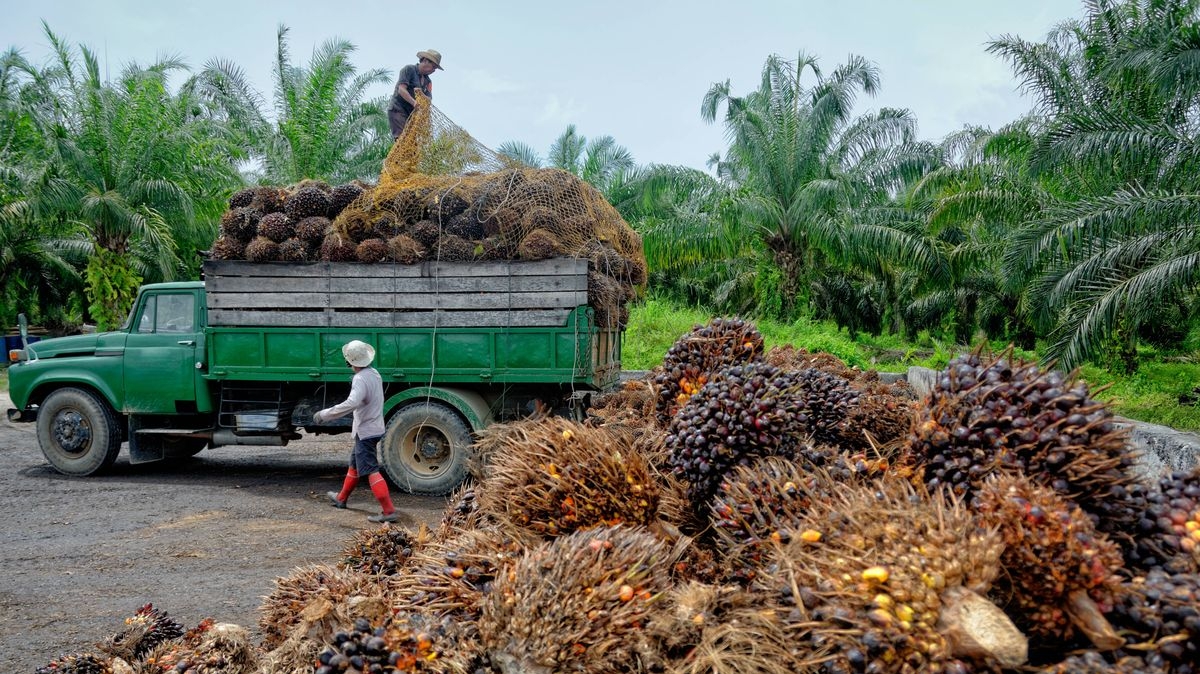Indonesia continues to restrict palm oil exports: how will this affect prices?

Restrictions on palm oil exports from Indonesia will help support vegetable oil prices. Indonesia's government is continuing a policy of restricting exports to ensure sufficient supply of vegetable oil during the Ramadan and Eid al-Adha holidays, and increasing the supply of cooking oil by 50%, which officials say will lower domestic prices. We will remind that after the complete ban on exports in April 2022, world prices for palm oil increased by 60%.
In January 2023, the Indonesian government tightened palm oil export restrictions, reducing the domestic market obligation (DMO) ratio from 1:8 to 1:6. This means that for every metric ton of palm oil sold domestically, exporters will only be allowed to export 6 tons of palm oil instead of 8 tons.
New restrictions on the export of palm oil from Indonesia will lead, according to analysts, to a decrease in supplies to the world market by approximately 800 thousand tons in the first quarter of 2023. Between February 6 and May 1, 2023, 800,000 tons of palm oil are expected to be blocked from the global market.
The Indonesian government announced on February 6 the suspension of two-thirds of palm oil exports to replenish domestic vegetable oil stocks ahead of the Ramadan and Eid al-Adha holidays. The government's goal is to increase domestic supply of cooking oil by 50 percent.
This will lead to the blocking of around 400,000 to 800,000 tonnes of Indonesian palm oil on the world market over the next three months.
The decision was taken in response to rising vegetable oil prices and complaints from consumers in some regions of Indonesia about the difficulty of purchasing subsidized vegetable oil, even after the Ministry of Trade imposed a limit of 5 kg per person.
The average price of subsidized vegetable oil increased by 7% from IDR 14,019 (US$0.93) per liter in December 2022 to IDR 15,047 (US$0.99) per liter in early February 2023.
In addition, starting from February 1, 2023, Indonesia increased the mandatory addition level of palm oil biofuel from 30% to 35% (B35), which also reduced palm oil exports.
Prices for April palm oil futures remained steady at RM3,945/t or US$900/t for the week, unresponsive to curbs on palm oil exports from Indonesia and lower than prices in nearby soybean and sunflower oil markets. Although palm oil exports from Malaysia from February 1 to 10 increased by 23.3-39.3% compared to the previous month, which should have pushed prices higher, information about reduced purchases from India limited their growth. Meanwhile, March soybean futures on the Chicago Mercantile Exchange rose 1.4% to $1,350/t yesterday, but were little changed for the week as weather in Argentina remained unfavorable and demand for US soybeans and oil is still high.
According to data from the Trading Economics platform, the prices of sunflower oil delivered to buyers continue to decrease and reached the level of $1,110/t CIF. This decrease is related to the drop in demand in China and India. However, traders note the growth in demand for Ukrainian sunflower oil from European buyers due to fairly low supply prices. Prices for demand with supplies to Poland and Bulgaria increased to the level of about $1,100-1,120/t DAP, which, with a decrease in freight costs, allows Ukrainian factories to get about $950-1,000/t FCA. The continuation of the grain corridor and low prices for Ukrainian sunflower oil will lead to increased demand from India and will support prices after March 15.


